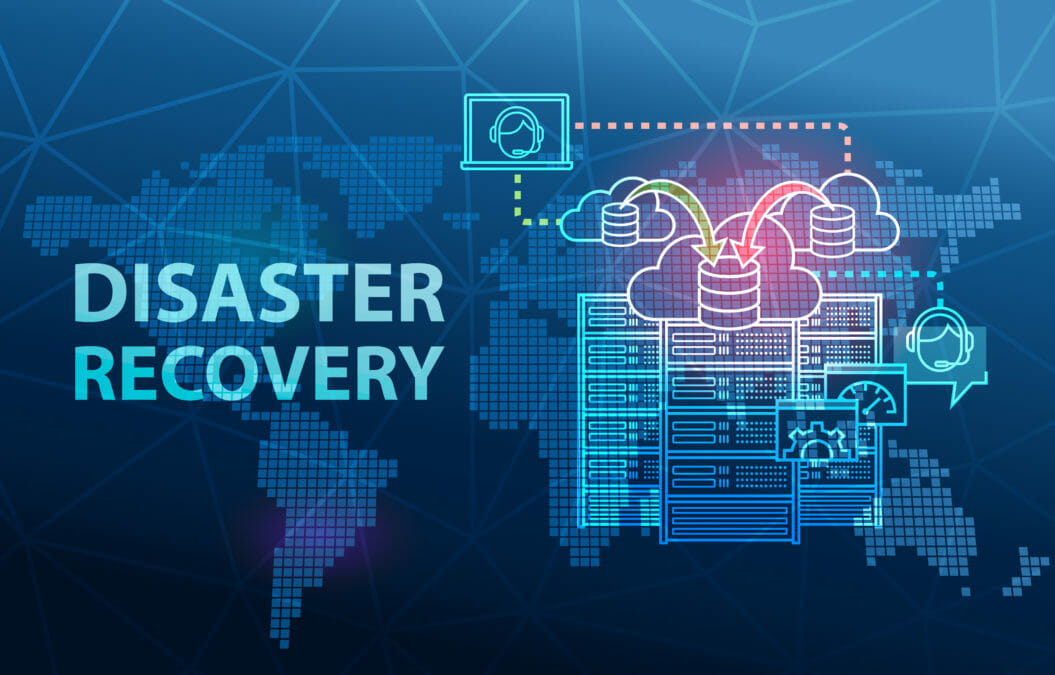Backup and Disaster Recovery

Backup and Disaster Recovery
Backup and Disaster Recovery (BDR) is a critical IT strategy designed to protect data, ensure business continuity, and minimize downtime in the event of data loss, cyberattacks, hardware failures, or natural disasters.
🔁 What is Backup and Disaster Recovery?
Backup: The process of copying data and storing it securely (onsite, offsite, or in the cloud) so it can be recovered if lost or corrupted.
Disaster Recovery (DR): A comprehensive plan and system for restoring IT systems, applications, and data after a catastrophic event—aiming to resume operations as quickly as possible.
| Component | Description |
|---|---|
| Data Backup | Regular copies of files, databases, and systems |
| Backup Frequency | Ranges from hourly to daily or weekly (based on Recovery Point Objective – RPO) |
| Disaster Recovery Plan (DRP) | A documented process for restoring systems and data |
| Recovery Point Objective (RPO) | Maximum acceptable amount of data loss (e.g., 1 hour) |
| Recovery Time Objective (RTO) | Target time to resume operations (e.g., 4 hours) |
| Replication | Real-time or scheduled copying of data to another site/cloud |
| Testing & Drills | Regular validation of backup and recovery processes |
| Offsite/Cloud Storage | Ensures data is protected from onsite threats (e.g., ransomware, floods) |
☁️ Types of Backup Solutions
| Type | Description |
|---|---|
| Full Backup | Complete copy of all data (slowest, most storage) |
| Incremental Backup | Saves changes since last backup (fast, efficient) |
| Differential Backup | Saves changes since last full backup |
| Cloud Backup | Data is sent to a secure cloud platform (e.g., AWS, Azure, Backblaze, Acronis) |
| Image-Based Backup | Full system snapshots, including OS and settings |
🚨 Common Disaster Scenarios Covered
Ransomware attacks
Server crashes or hard drive failures
Power outages or fires
Human error (accidental deletion)
Natural disasters (floods, earthquakes)
🧠 Best Practices for BDR
Follow the 3-2-1 Rule:
3 copies of your data
2 different media types (e.g., disk + cloud)
1 copy offsite
Test backups regularly – don’t assume they work
Encrypt backup data – especially for offsite/cloud copies
Automate backups to ensure consistency
Update your disaster recovery plan annually or after any major changes
Define and measure RPO and RTO to align with business needs